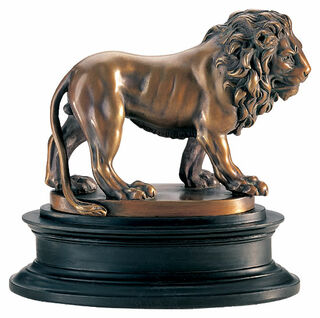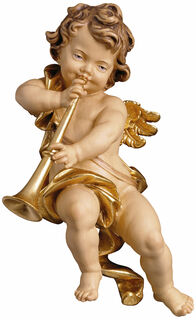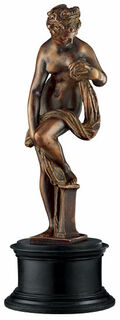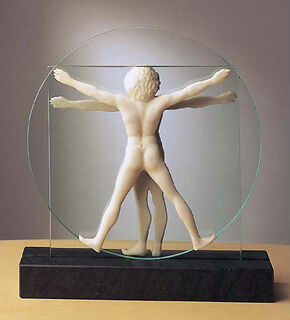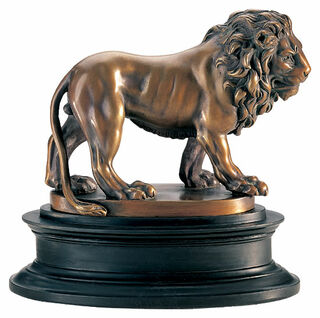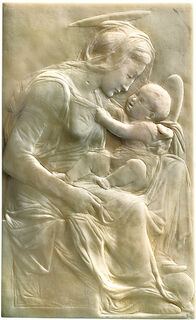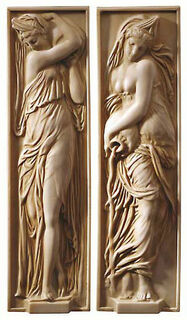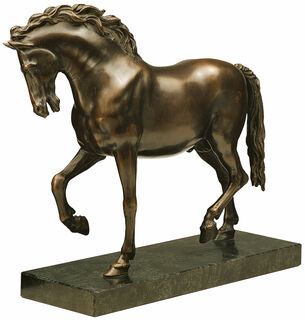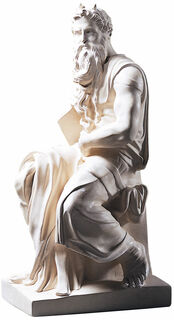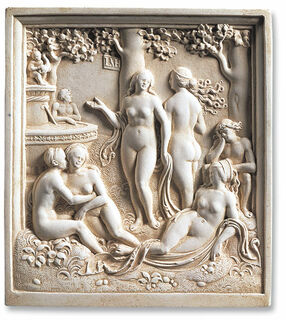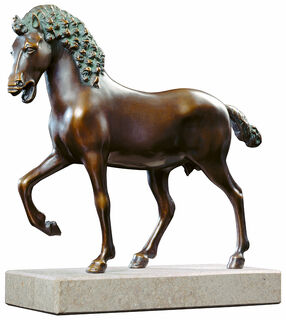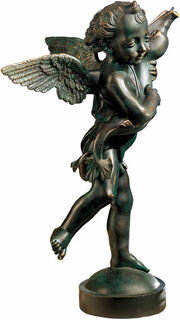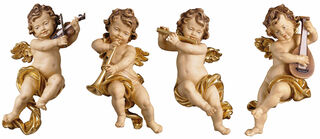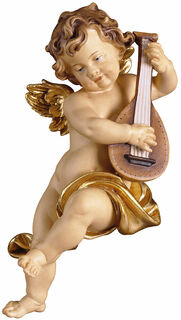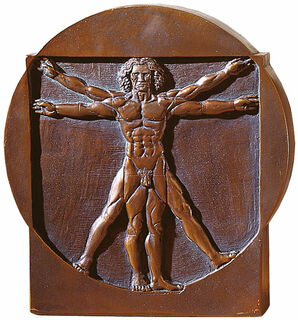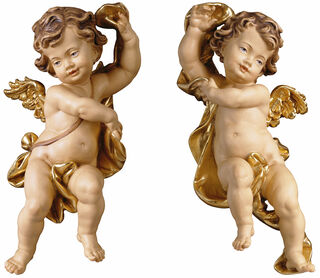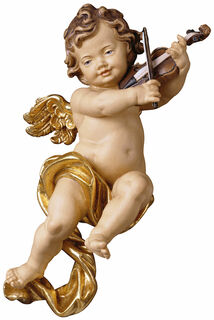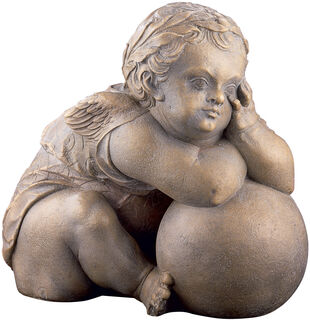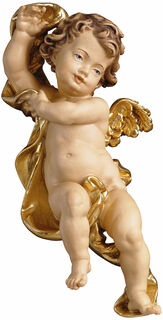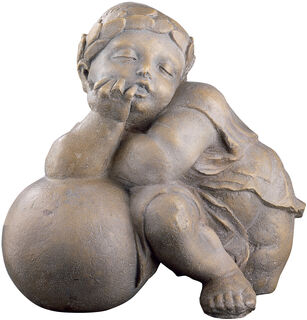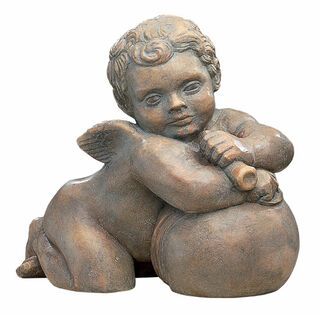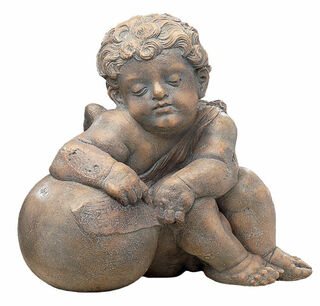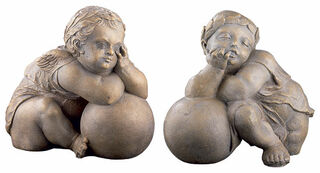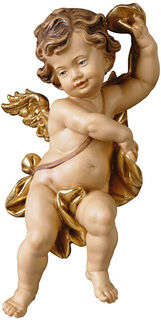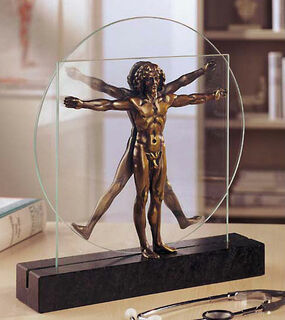Renaissance
Renaissance Art - A New Beginning with Ancient Models
The epoch of the Renaissance lasted roughly from the early 15th century to the end of the 16th century. During this epoch, the visual arts distinguished itself from the Middle Ages and reoriented both in content and techniques. However, Renaissance artists did not achieve this by developing a completely and entirely new artistic philosophy and style. Instead, the core of this reorientation consisted of a return to past stylistic elements, especially those of antiquity, from which the Renaissance epoch drew many of its models. Typical Renaissance characteristics included a very naturalistic design and an increasing focus on secular pictorial themes. Numerous artists emerged from this epoch who today are among the most important in art history, for example, Raphael, Leonardo Da Vinci, Michelangelo Buonarroti and Sandro Botticelli.
New Motifs in Renaissance Sculpture
As in the Middle Ages, many of the motifs of Renaissance sculpture were still of biblical origin, but sculpture during this epoch increasingly embraced other themes as well. The Renaissance artists, unlike their predecessors, received their commissions predominantly from the clergy but also from the state and private individuals. With these new patrons, the motifs of the sculptures changed. As in antiquity, people once again became the focus of art. Renaissance sculpture turned away from the very melancholy and moralising pictorial themes, focusing more on the worldly and more positive aspects of life. The statues now showed not only gods but also simple people in their everyday lives, as well as the rulers of their time, often in the form of equestrian statues.
Renaissance Sculpture: Natural Forms in Perfect Execution
In shaping their sculptures, Renaissance sculptors were inspired by works from antiquity but refined them using modern and sophisticated techniques. They no longer depicted their figures in a stylised or idealised way, which was often the case in previous epochs. Instead, they based their work on the natural anatomy of the human body. The sculptors reproduced their models in the sculptures down to the smallest details, paying close attention to accurate and realistic proportions. The perfection in execution was due to the fact that during the Renaissance, sculpture became an independent art form and was no longer merely understood as a decorative part of a building. Thus, many free-standing Renaissance sculptures were produced for public spaces during this epoch.
Buy Renaissance Art at ars mundi
Renaissance sculptures are fascinating because of their realistic execution and their closeness to antiquity without copying it. Many well-known motifs of art history originated in the Renaissance, and some of them are available as high-quality replicas at ars mundi. Among others, you will find the iconic work "Schema delle Proporzioni" by Leonardo da Vinci, and many works by Michelangelo Buonarroti, including his world-famous "Pietà", the original of which is made of marble and can be seen in St. Peter's Basilica in Rome. Additionally, Lorenzo Ghiberti's mural relief "Abraham and Isaac: The Sacrifice of Isaac", whose original is located in the Baptistery of San Giovanni in Florence, and Giovanni da Bologna's sculpture "Venus after the Bath" are part of our collection.

